Journey to Churchill
Journey to Churchill exhibit at Winnipeg’s Assiniboine Park Zoo provides glimpse into northern landscapes and wildlife
The Journey to Churchill at Assiniboine Park Zoo in Winnipeg, Manitoba highlights the magic of the north. Along a ten-acre route, visitors view species in three distinct zones and experience a variety of landscapes. The exhibit includes signage, interactive displays, and audio-visual components reinforcing concepts of biodiversity, climate change, and conservation. The exhibit provides opportunities for research into animal behaviour as well as showcasing the North to the general public.
The town of Churchill, Manitoba is located along the western shore of Hudson Bay. Archaeological digs have uncovered evidence of human existence in the area dating back 4,000 years. Europeans built a fur-trading fort here in the late seventeenth century. Today Churchill is Canada’s only Arctic seaport. Tourism is a growing business as visitors come to see polar bears, beluga whales, and the northern lights. Spring and fall draw birders to the area to see the more than 250 species passing through on annual migrations.
Churchill is located at the transition zone between the Boreal Forest and the tundra. The Journey to Churchill exhibit recreates the landscape through the planting of shrubs, wildflowers and native grasses, changes in elevation, natural water barriers, and artificial rock formations.

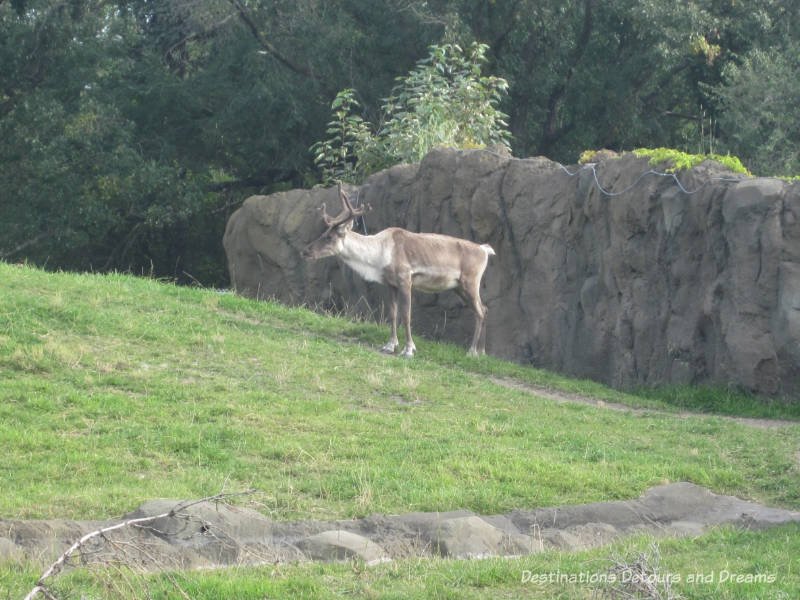
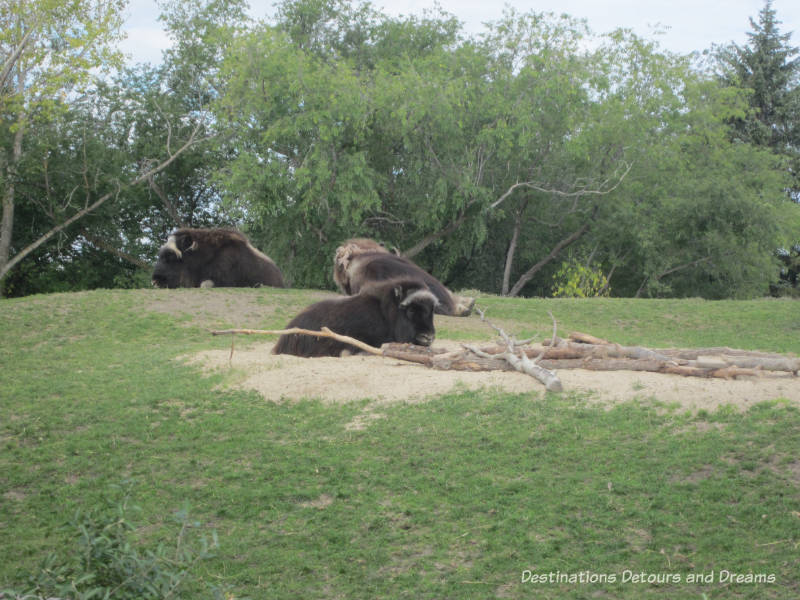
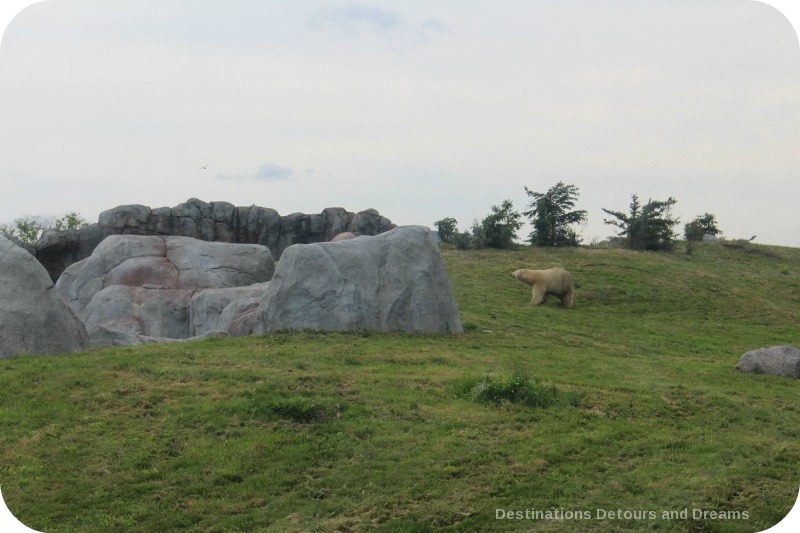
Polar bears are a main attraction of the Journey to Churchill Exhibit. Gateway to the Arctic is the primary viewing spot for polar bears and seals. Underwater viewing tunnels, known as the Sea Ice Passage, allow you to watch these creatures swimming from below the surface of the water.
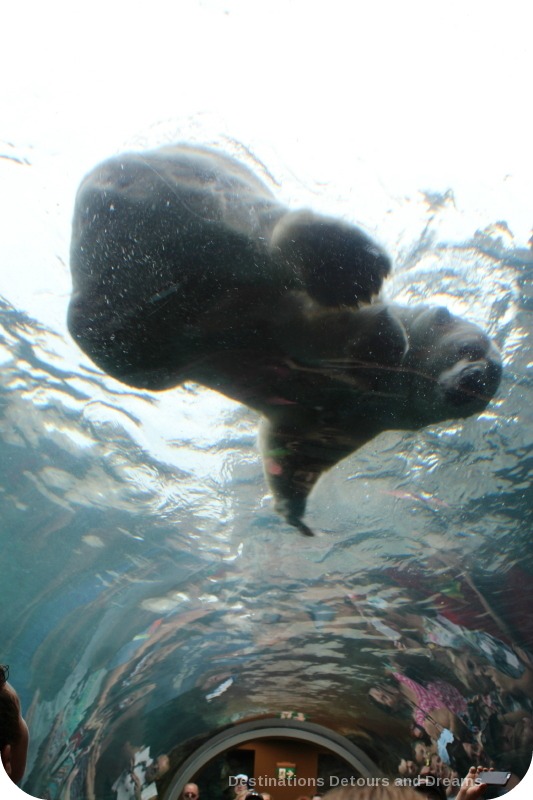
The polar bears are all rescued from the wild. If polar bears under the age of two are orphaned in the wild, they will not survive on their own because they have not yet learned critical survival and hunting skills from their mother. Orphaned polar bear cubs are brought into the Zoo only under special circumstances. Determination of whether an orphaned cub is a suitable candidate for the zoo’s transition program is made by the Manitoba Conservation and Water Stewardship, the government branch responsible for wildlife resources.
Their first home at the zoo is the Leatherdale International Polar Bear Conservation Centre, a state-of-the-art rescue and transition facility and the hub of the Zoo’s research and conservation initiative. They are placed in 30-day quarantine, cared for, and transitioned to life in a captive environment. After the bears get used to increasing exposure to people, they are moved to the Churchill exhibit where they act as ambassadors for their species.
Aurora was the first bear cub transferred from northern Manitoba to the Centre. She was found wandering near the Churchill airport in fall of 2013 and was about one year old at the time. Despite an extensive search, her mother was never found. She moved into the Journey to Churchill exhibit in July 2014. Sadly, Aurora died in June 2022 during a routine dental examination. Information on the other bears can be found here. The Assiniboine Park Conservancy’s Polar Bear Rescue Team believes polar bears should be saved whenever possible. Climate change threatens extinction. With polar ice declining, fewer bears are surviving to adulthood.
The Leatherdale Centre also has an interpretive centre where you can learn about polar bears, the Arctic ecosystem, climate change and research. It is located beside the Journey to Churchill exhibit. I encourage you to include it in your visit.
(Note: the Leatherdale Centre is one of the places featured in my book 111 Places in Winnipeg That You Must Not Miss.)
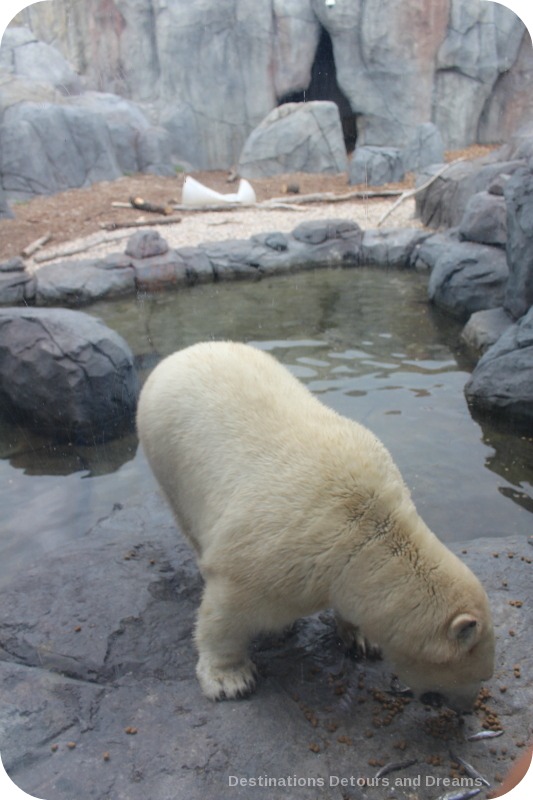
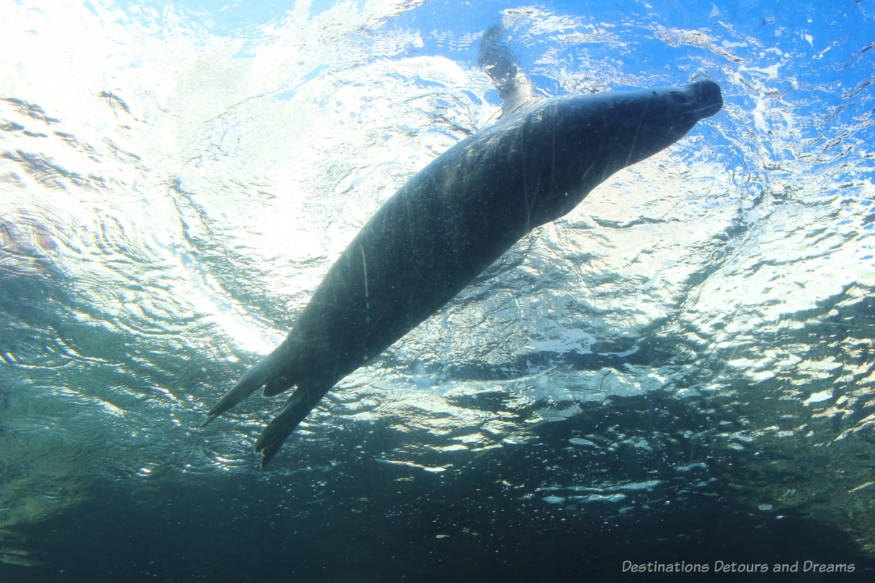
There are information signs posted throughout the exhibit and interactive displays providing information on the animals, the landscape, and the people of the North. You can find out what the animals prey on, who their predators are, what they eat in the wild, what they are fed in the zoo, and a variety of other facts. A 360-degree Aurora Borealis Theatre screens a short film about the Churchill area, its wildlife, and the four seasons through the eyes of an indigenous family, ending with a fabulous Northern Lights display. I recommend taking a few minutes to watch it.
Here are a few tidbits of information I picked up on my visit:
- Muskox communicate by using scent from a gland near their eyes.
- In the 1800s, muskox declined severely due to commercial overhunting. In 1917, Canada introduced laws to protect them. Although they are no longer found in Manitoba, the population has rebounded in other parts of their range.
- Polar bears have a strong sense of smell and can detect a seal’s breathing hole from 1 kilometer away.
- Beluga whales lack a dorsal fin. This enables them to swim freely beneath sea ice.
- Abundance of caribou once meant life or death to the Dene people. Today hunting remains significant to the Dene culture.
Windows along one wall of the Tundra restaurant overlook the polar bear enclosure. Polar Playground is an indoor play area designed as an Arctic wonderland. Children may want to spend time in this area as part of their visits. Birthday party packages can also be arranged.

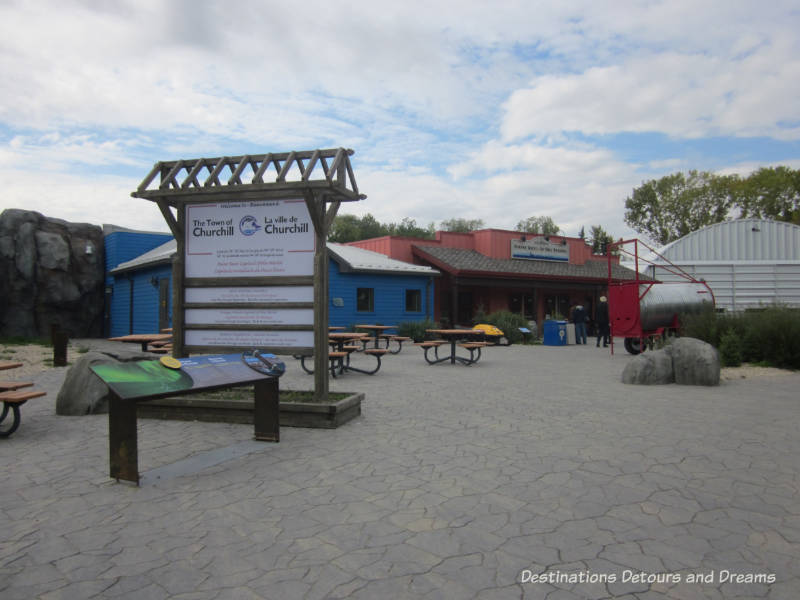
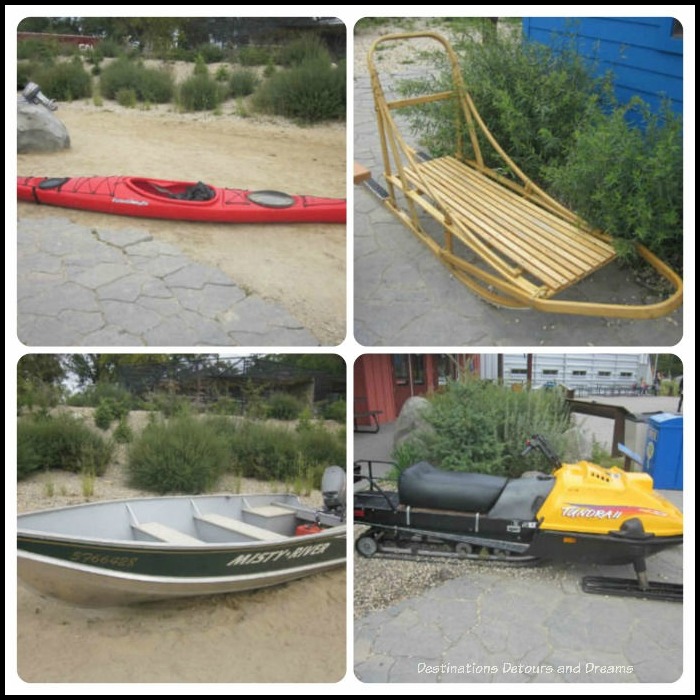
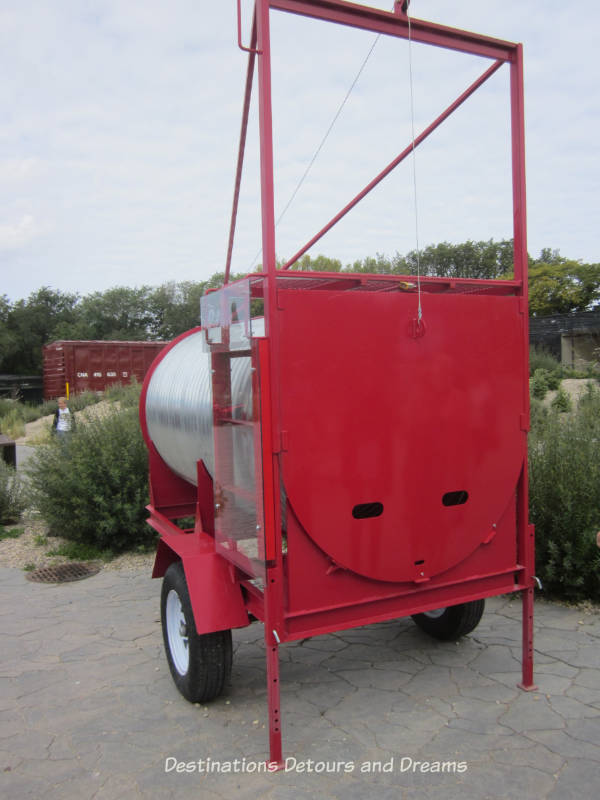
Churchill residents have learned to live with and respect polar bears, but occasionally a wandering polar bear poses risk to its citizens. A bear trap, such as the one in the photo above, is baited with smelly seal meat. When the bear tugs on the bait, the door closes behind him and he can now be moved or sedated safely.
There are no roads into Churchill. Primary transportation is by air or rail. The railway is extremely important to life in Churchill. In May 2017, severe flooding damaged several parts of the line. Service was suspended, causing hardship to both tourism and businesses in Churchill. After 18 months, service resumed at the beginning of December 2018.
You can wander through the Journey to Churchill exhibit on your own, as I have done several times. You’ll gain more knowledge and a better understanding of the north. Information is displayed in interesting and engaging ways. Or you can book a group tour (minimum of 6 people), where you are guided through the exhibit and get behind-the-scenes looks at the animal care of Arctic species and the laboratories of the Leatherdale International Polar Bear Conservation Centre.
The Journey to Churchill exhibit offers people who may never have the chance to visit Churchill an opportunity to gain appreciation for its landscape and life. However, the portrayal is so intriguing you may want more and may be inspired to plan your own trip to Churchill.

For information about the animals to be found in the rest of the zoo, read my Assiniboine Park Zoo in Winnipeg post.
Never miss a story. Sign up for Destinations Detours and Dreams free monthly e-newsletter and receive behind-the-scenes information and sneak peeks ahead.
PIN IT

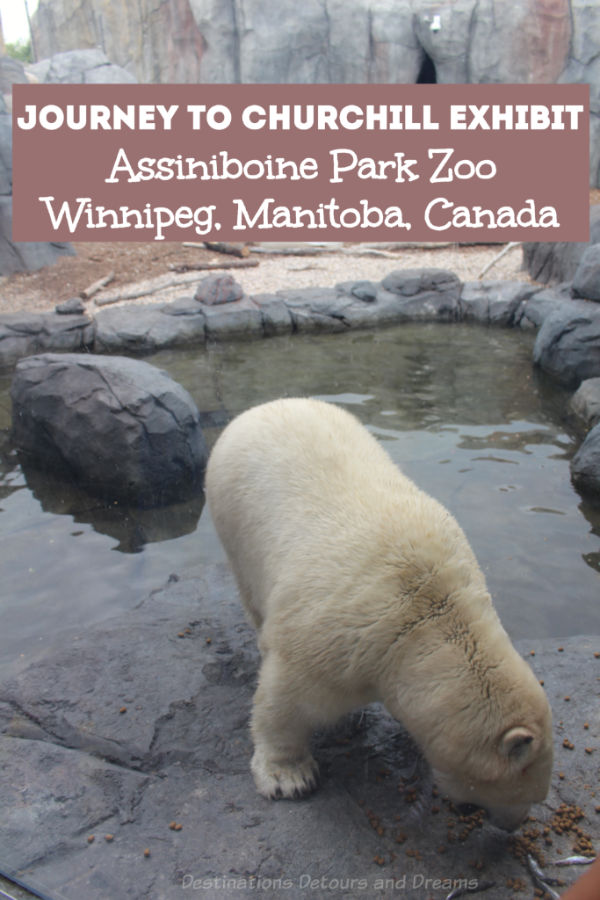


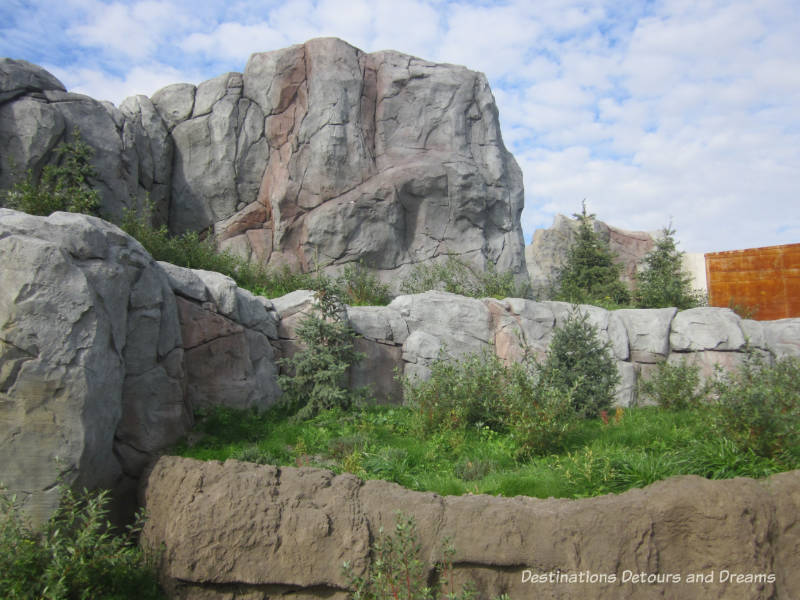
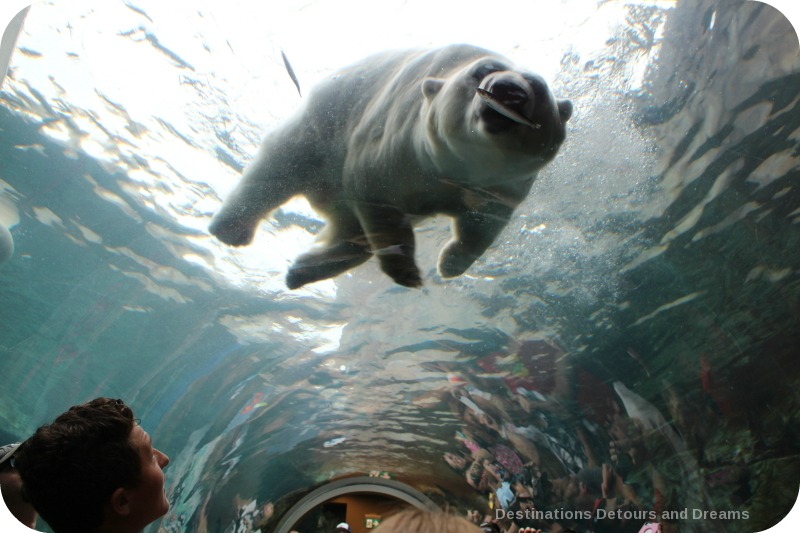
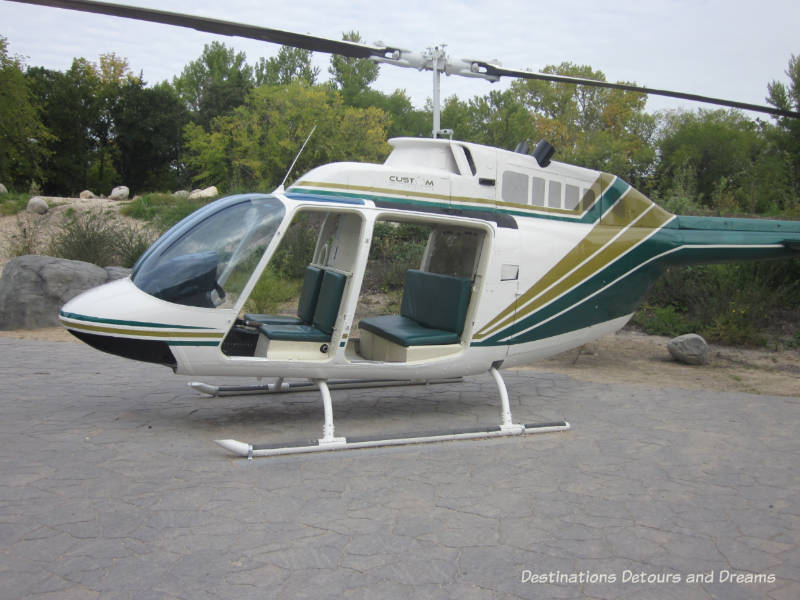
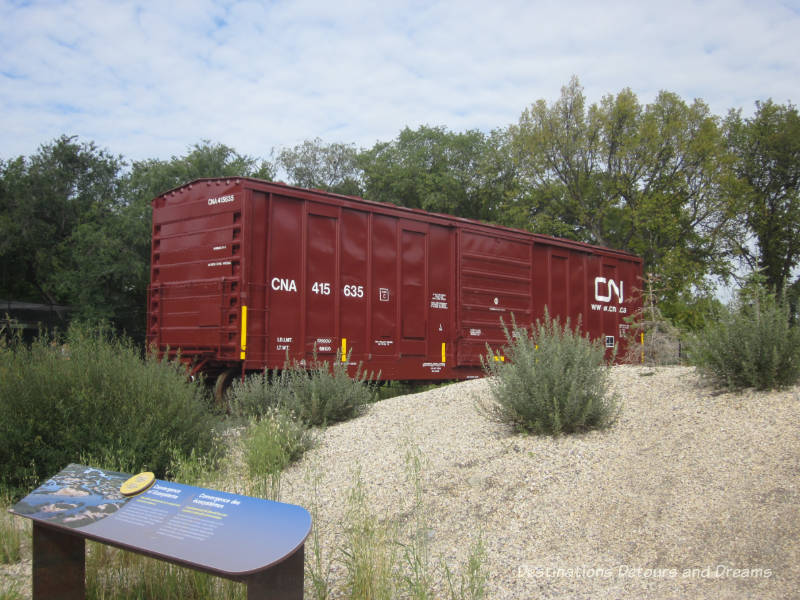
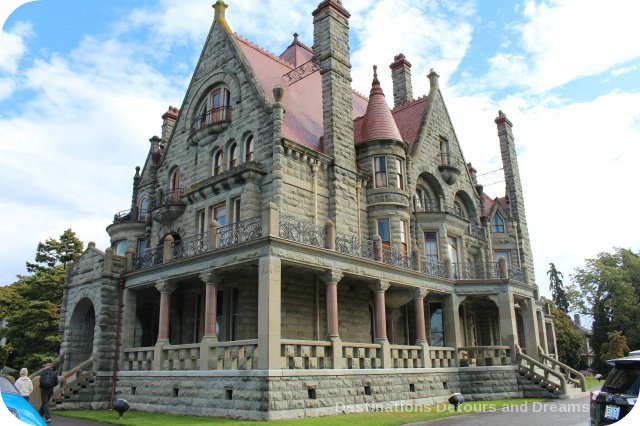




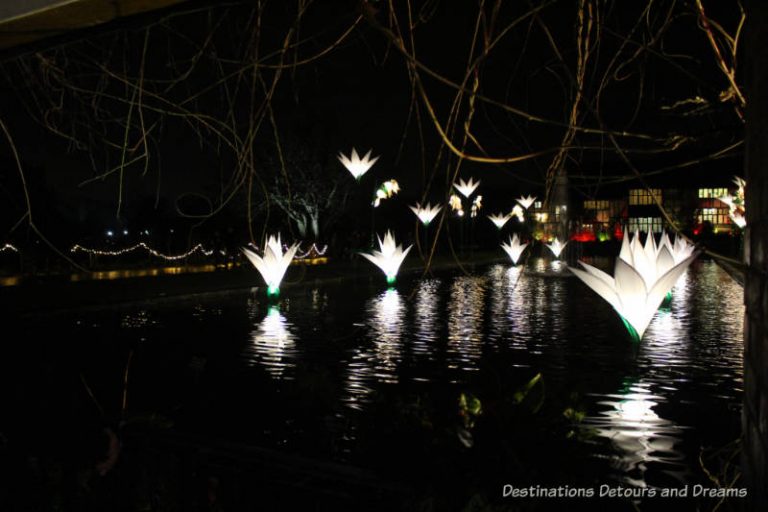
Although hard to get to, looks like a great place to enjoy nature!
After seeing this exhibit at the zoo, I am more intrigued than ever about Churchill. Maybe I’ll get there some day.
I’ve never heard of Churchill! Other than the man, of course, but I love these pictures Donna! This looks like a great and unusal get-away. Particularly in that the only way in is by air or rail. Thanks for introducing us to this!
Thanks Jackie. Churchill would be an interesting place to visit.
I have long wanted to go to Churchill to see the polar bears in the wild. Thanks for sharing this exhibit!
I’d like to see the polar bears at Churchill too. How close, I’m not sure. But, after seeing this exhibit, I realize there is likely a lot than just polar bears to see in Churchill, although polar bears and whales remain the prime attractions.
I had not idea that you can’t get to Churchill by road! I bet it would be a great train trip. I’d love to see the bears sometime.
I too think it would be an interesting trip.
I’ve been to Churchill, and it is amazing to see the polar bears in their natural habitat. I also saw a lovely white arctic fox when I was there. This zoo exhibit looks like a good. one.
It would be amazing to see the polar bears in their natural habitat. I think the zoo exhibit is well done, but I haven’t been to Churchill to compare and assess how well it portrays the area.
I would definitely love to get to Churchill to see polar bears in the wild. I loved your interesting snippets of information too 🙂
There was a lot of interesting information at the zoo. It was displayed and presented in inviting ways that make learning fun.
It looks like you have to work a little bit to get to Churchill but appears to be well worth the effort! And the area offers so many things to see including one of my “bucket list items,” the northern lights, in additions to all of the fascinating creatures. The more posts of yours that I read, the more I feel an urge to say “Canada, here we come!”
The northern lights can be spectacular. I’ve seen them a few times – there are sometimes visible in southern Manitoba. I imagine they are more spectacular the farther north you get. And more frequent.
Oh my goodness Donna how do you always manage to find such interesting things to show us and tell us about? I love tagging along with you on your outings!
Thanks. Glad you enjoyed it.
Those are some nice pictures. Churchill looks nice.
Churchill would be an interesting place to visit.
All I could think of was Winston! Thank you for introducing me to another city I have never heard of! I go on a wonderful journey with you every week.
Thanks Suzanne. Churchill Manitoba was named after an ancestor of Winston.